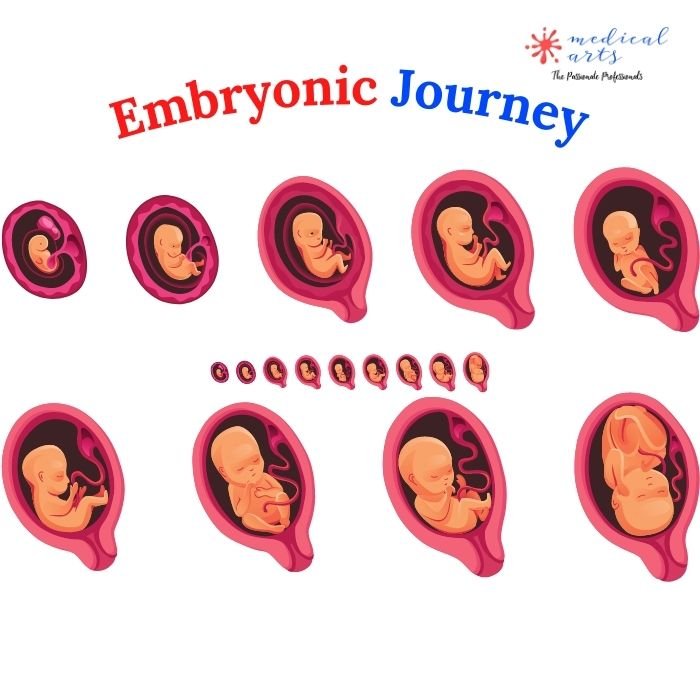Fetal Growth: Embryonic Development Week by Week
Introduction
Fetal growth and embryonic development are fascinating processes that mark the beginning of human life. From conception to the eventual birth, a developing baby goes through numerous stages of growth and maturation.
This article will explore embryonic development weekly, highlighting the critical milestones as the fetus progresses toward becoming a fully-formed human being.
Week 1-2: Conception and Early Development
The embryonic development journey begins with the egg's fertilization by a sperm, which forms a single-celled zygote.
Week 1: The zygote undergoes rapid cell division, transforming into a multi-celled blastocyst. This blastocyst travels down the fallopian tube, entering the uterus around day 5-6.
By the end of the second week, the blastocyst implants itself into the uterine wall, marking the start of the pregnancy.
Week 3: Formation of the Embryo
During the third week, the blastocyst forms three distinct layers: the ectoderm, mesoderm, and endoderm. These layers will give rise to specific body parts and organ systems. For instance, the ectoderm will form the nervous system and the skin, the mesoderm will form the muscles, bones, and circulatory system, and the endoderm will develop into the digestive and respiratory systems.Week 4: The Emergence of Vital Structures
By the fourth week, the embryo measures around 1-2 millimeters in length. The neural tube, which will later develop into the brain and spinal cord, starts to form. Additionally, the early heart begins to beat and pump blood, marking the establishment of the circulatory system.Week 5-6: Organogenesis
During the fifth and sixth weeks, the embryo experiences rapid growth, and its length increases to approximately 4-6 millimeters. Organogenesis, or the formation of organs, is in full swing. The brain and spinal cord develop further, while the limbs sprout as tiny buds. The heart divides into four chambers, and facial features such as eyes and nostrils begin to form.Week 7-8: Development of External Features
By the seventh and eighth weeks, the embryo measures around 13-16 millimeters in length. The limbs continue to elongate, and fingers and toes start to emerge. The eyes, ears, and nose become more distinct, and the skeleton hardens as bone replaces cartilage.
Week 9-12: Transition to Fetus
The placenta is fully functional, providing nutrients and oxygen to the fetus and removing waste products. As the embryo enters the ninth week, it is called a fetus. Measuring around 30-45 millimeters in length, the fetus's external genitalia begin to differentiate, allowing for the identification of sex. By the end of the 12th week, the fetus is about 60-70 millimeters long and weighs approximately 14 grams.

